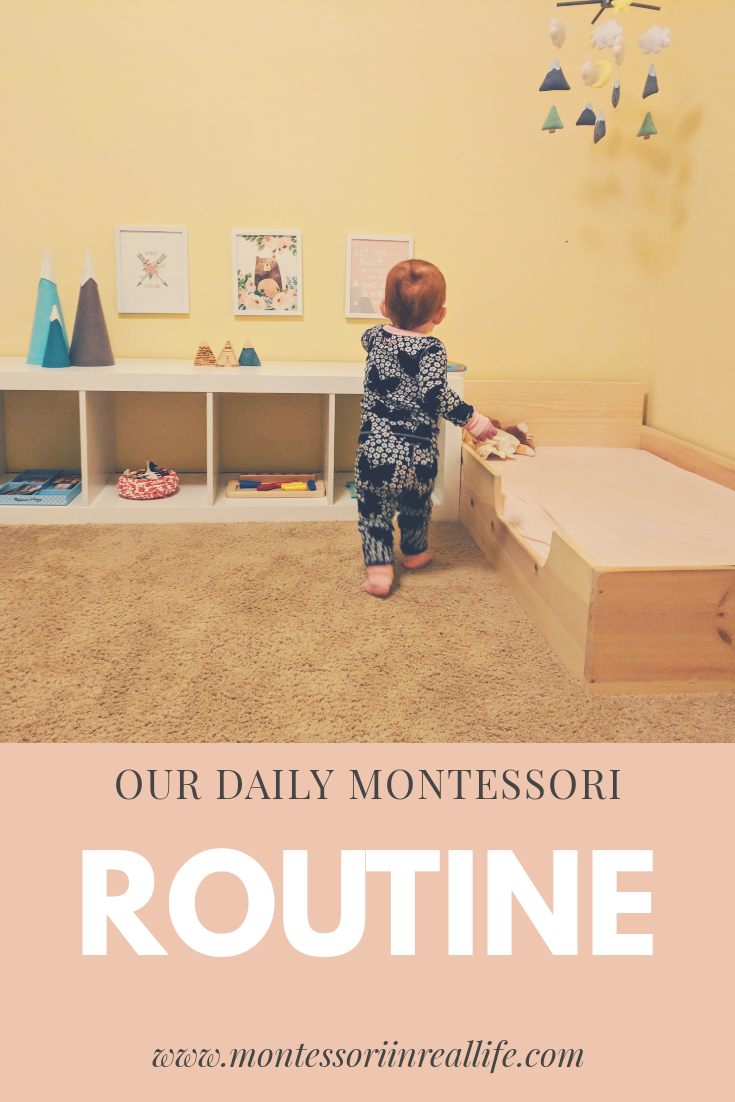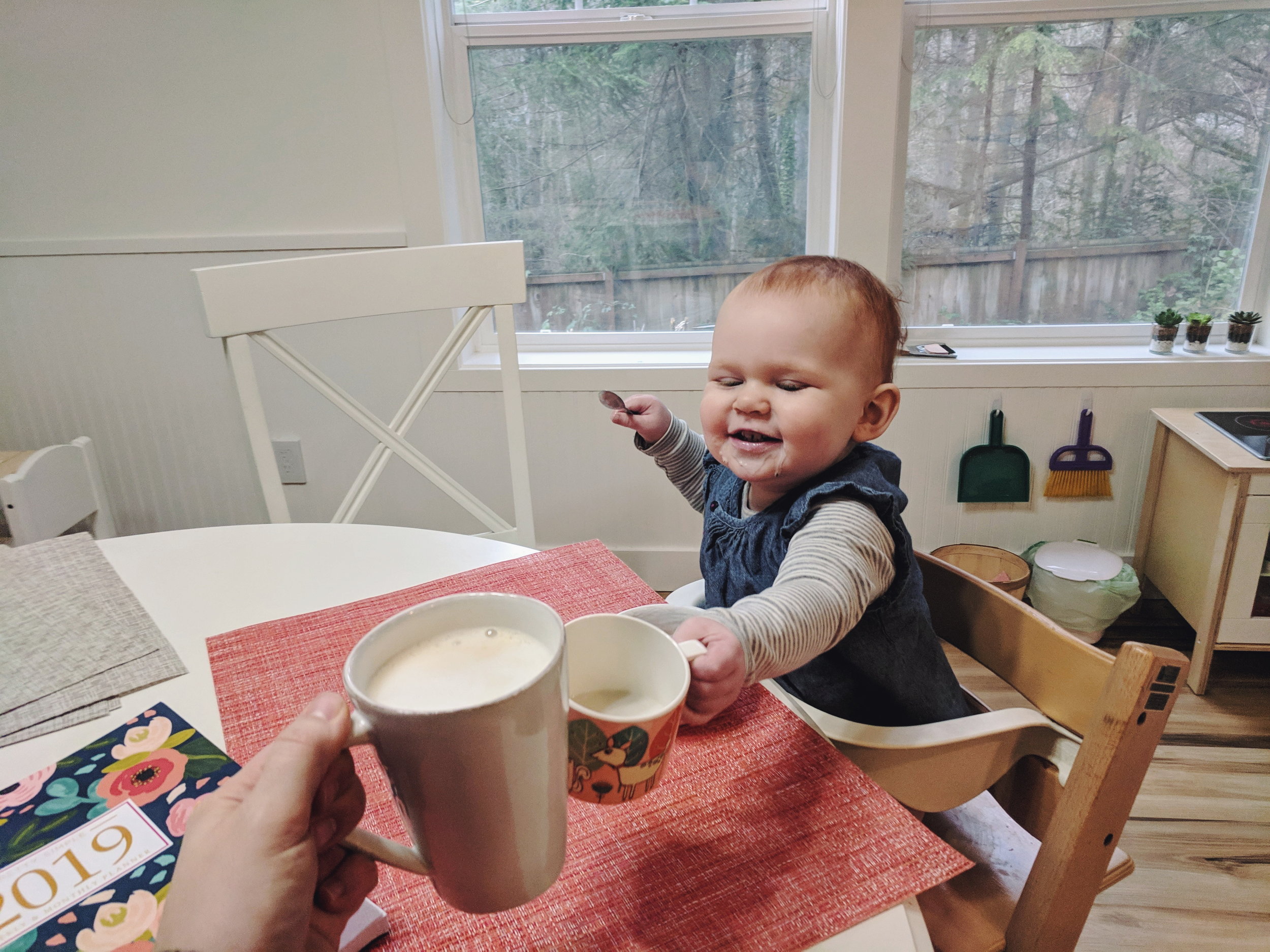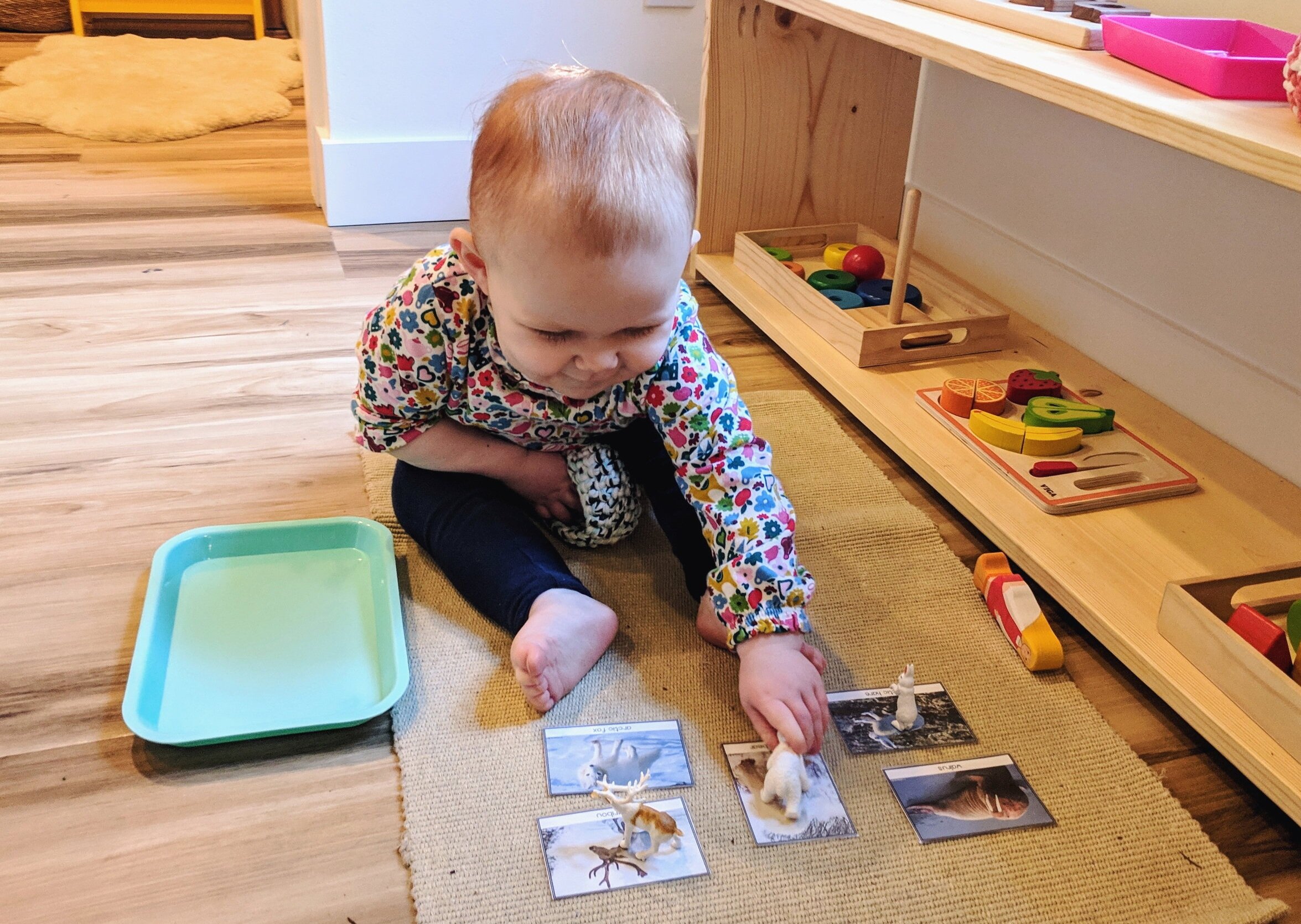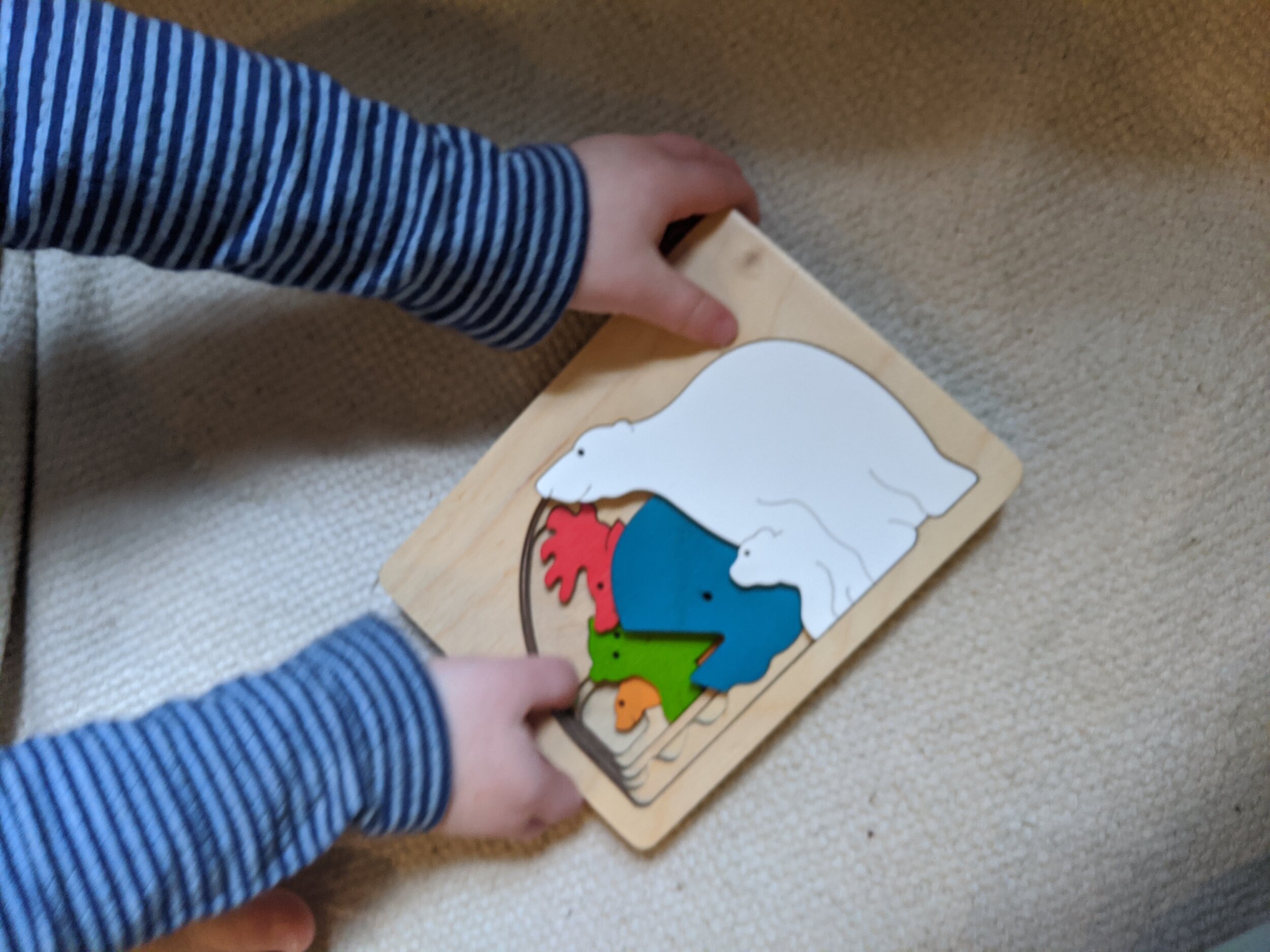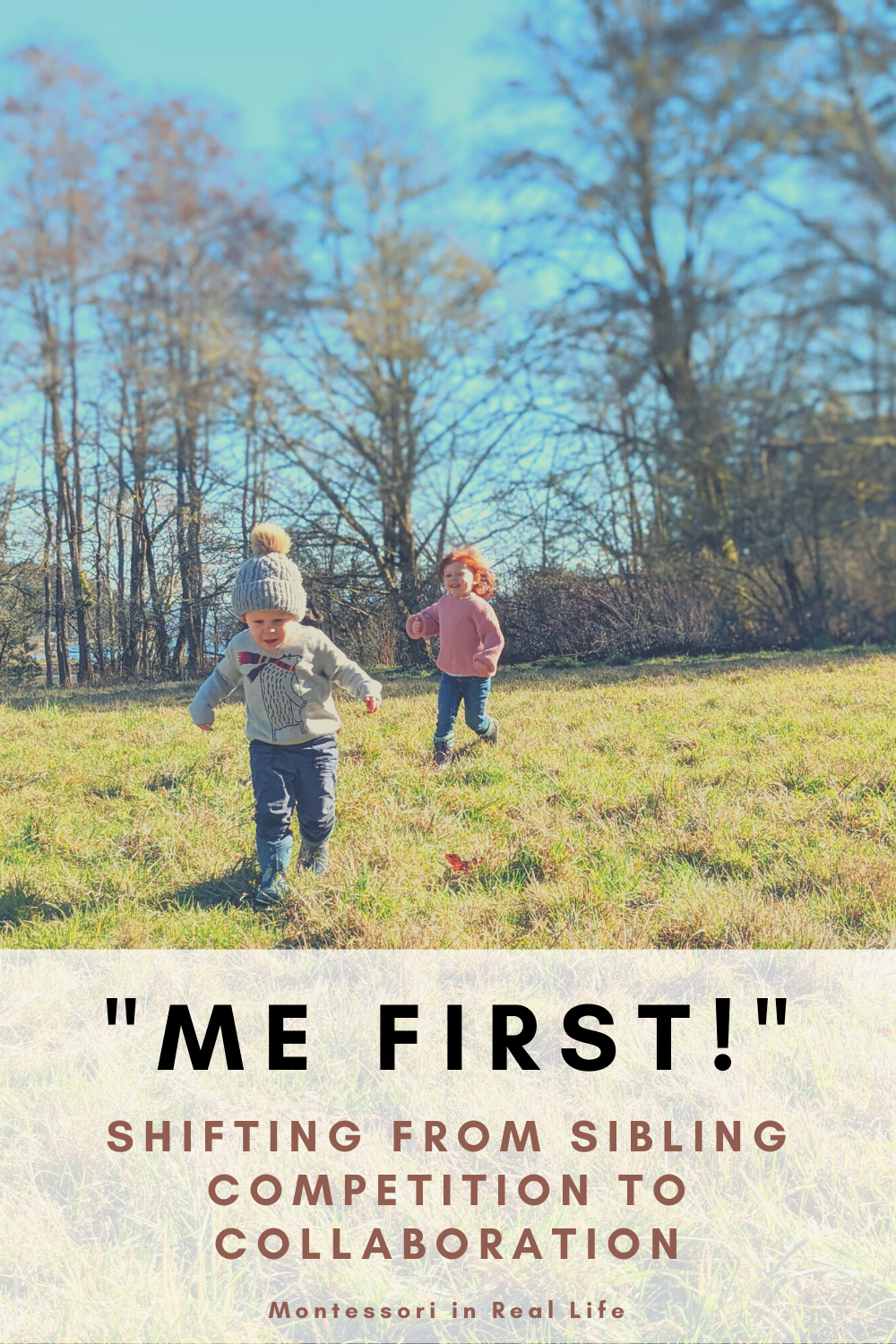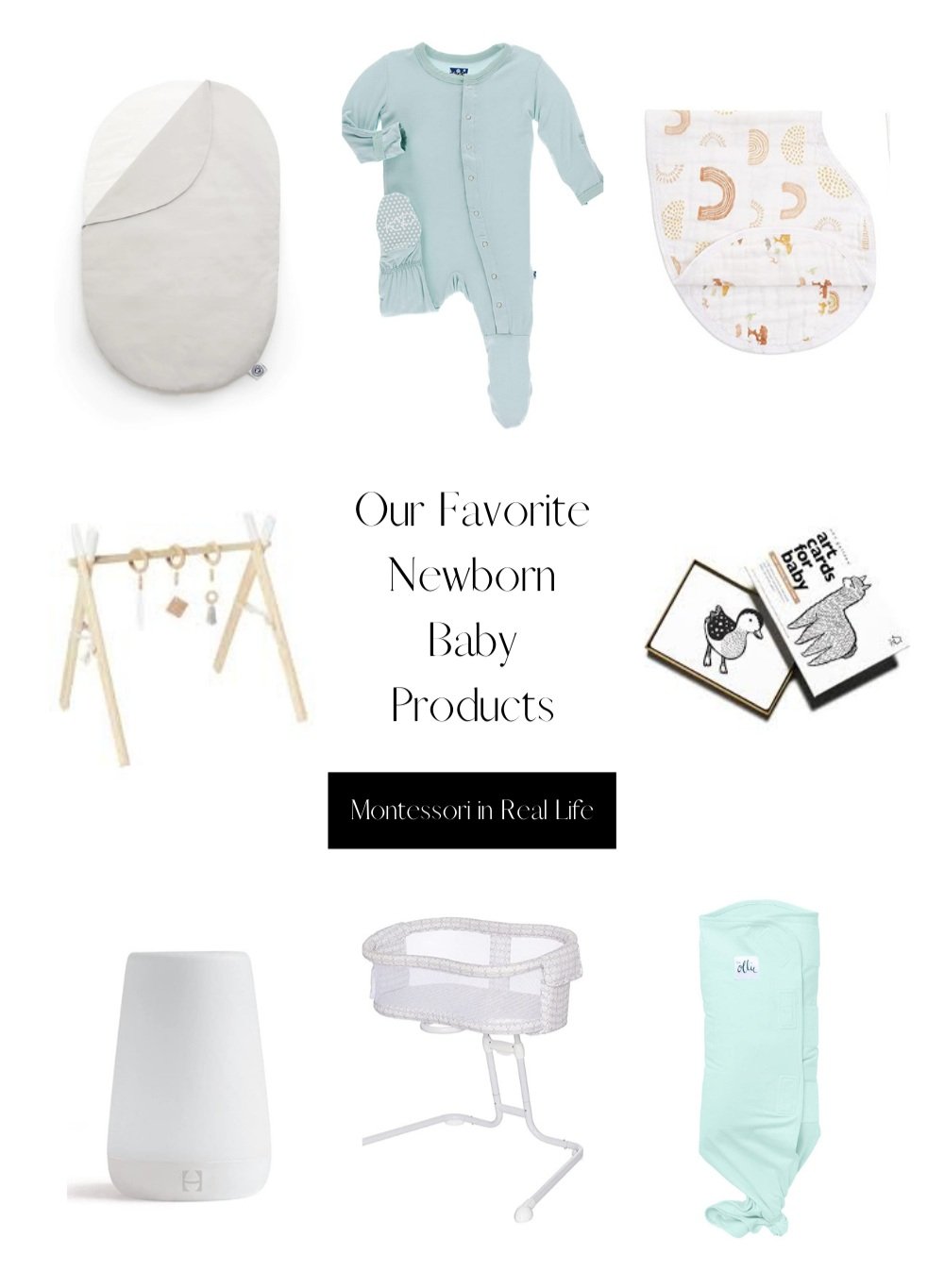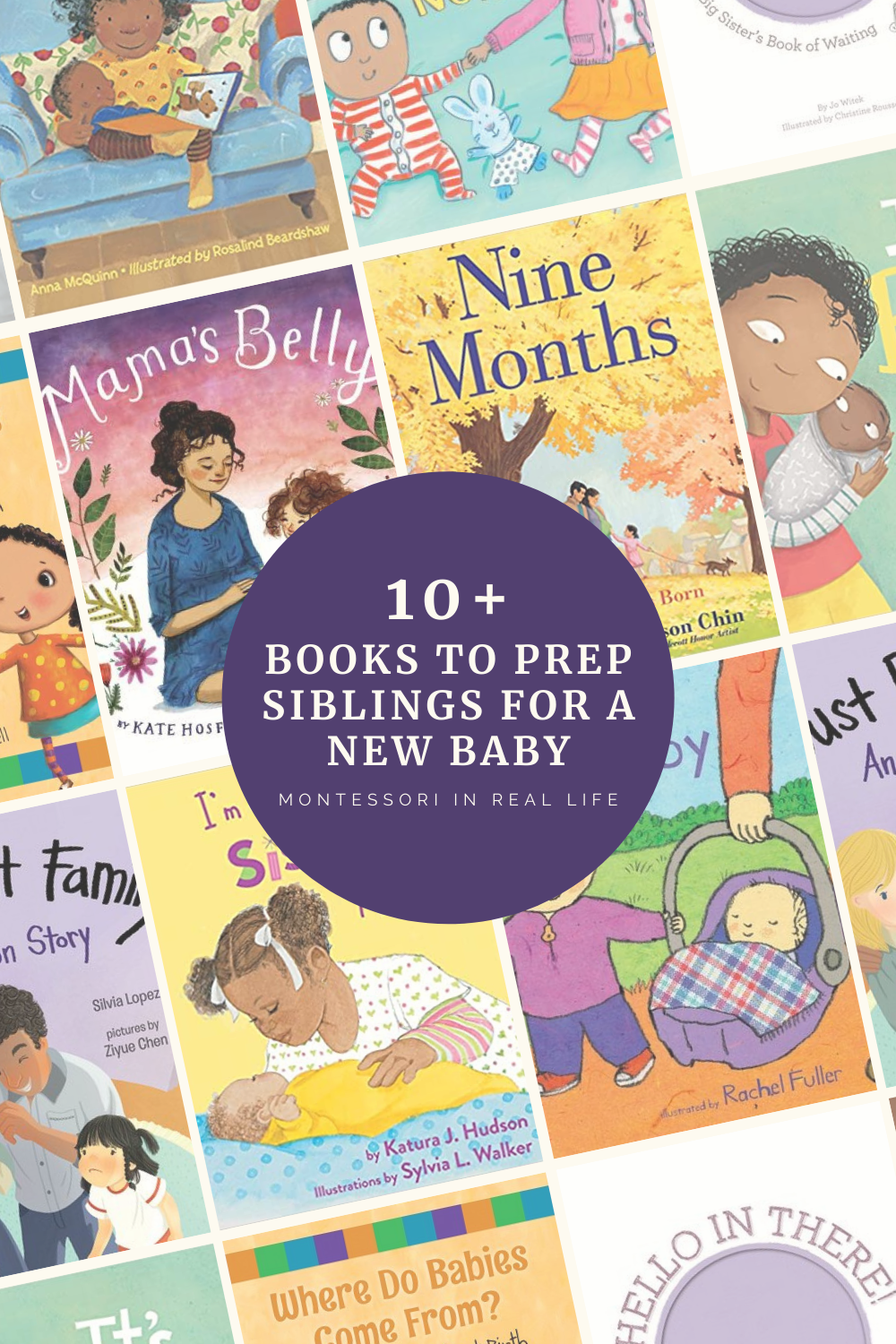Our Toddler's Daily Routine, Montessori Style
Montessori in Real Life
I often get asked about our daily routine, or rhythm. As a new parent, when D was nursing around the clock, I found it difficult to fall into a routine. But now, with an 18-month-old, I find we are all happier when we have consistency throughout our day, and know what’s (generally) coming next. Though we never stick to the exact same schedule each day, we definitely follow similar patterns.
Here is a sneak peek into our typical weekday:
7:00 - 7:30am - This is around when D wakes up. I typically get up earlier and try to sneak in a shower and make some coffee before the day begins. Upon waking, she grabs a book from beside her bed and “reads” on her own until I greet her. We read a book together in her bed, change out of her diaper, brush teeth, and head downstairs.
7:30 - 9:30am - D is always hungry right away, so we either eat what I’ve already prepped or she helps me make something simple, like cereal or oatmeal. We eat breakfast together at the kitchen table. She loves to drink her milk out of a cup with handles that looks like my coffee. “Cheers!” ;)
After breakfast, I have her use the potty, and I do dishes/tidy/get our bag packed while she plays for a bit. By the time we are ready to go, she usually already needs a snack/breakfast #2! Assuming we have time, she sets her place at her small table and eats it there.
9:30 - 11:30am - Almost every morning we leave the house for some kind of outing, usually lasting an hour or two. A few mornings a week she has a class. Right now she’s part of a Montessori parent-child class, dance class, and swim class (with dad) once a week. The other mornings we typically go on a walk, to the park/library/grocery store, or have a playdate. Some days we venture out to the kids museum or aquarium!
With her friend Marley (Montessori in Motion)
When we get back home (or before, depending on activity), she has at least an hour of free time to play/work. I let her take the lead here, choosing her own activities. We do a mix of playing together (she often wants to read books) and playing on her own, but I encourage independent play, even if that means she’s packing and unpacking tupperware. :) Sometimes I can get some of my own work done during this time.
Note: When she is awake, she wears underwear. Though she still has some accidents, they are becoming less common.. We are also working on her putting on and taking off her own shoes before and after outings!
11:30am - 12:00pm - This is typically when we eat lunch together. . I’ve noticed she doesn’t eat as much at lunch as other meals, so I find it easier to give her small healthy meals throughout the day. She’s usually just ready for nap by this time.
12:00 - 3:00pm - Before nap time, she sits on the potty, and then we go to her room and read a book and sing a couple of songs together. I put her down with a couple of books and she happily puts herself to sleep. She usually sleeps about 2 to 2.5 hours, but every day is a little different!
I get most of my work done when she naps. That’s when I blog, respond to emails, switch out materials on her shelf, and craft. It’s also when I can do a little meal prep and cleaning. I’ll admit now that I’m pregnant I occasionally nap too. ;)
3:00 - 5:00pm - Once she wakes up, it’s snack time (often her making avocado toast) and then it’s another hour or more of free time for D. She’s especially focused on her work if I’ve switched out a few things on her shelves during nap. Often this is when she wants to do some sensory or art play too. If the weather is decent, she likes to lead a little walk around the neighborhood, stopping at every puddle along the way. I’m also starting to find ways for her to help me prep dinner.
5:30 - 6:00pm - This is typically D’s dinnertime. I sit with her at the kitchen table and eat something small too. If my husband is home in time, he joins us. D is quite a slow eater, so we usually sit together for a good amount of time. It’s such a good opportunity to spend quality family time together, without distractions.
6:30 - 7:00pm - We start our bedtime routine around 6:30 or 7:00, depending on her nap. This usually starts with potty and then a bath. Then we brush her teeth, change into PJs, read a few books, sing a song, and kiss goodnight. She is usually pretty wiped and asleep by 7:30pm.
7:00 - 10:00pm - My husband and I usually eat our real dinner together after D goes to sleep. As she gets older and stays up a little later we’ll probably change this and all eat together. But for now, it’s nice to eat one meal in peace and catch up on our day sans toddler. Then it’s time to relax, often with an episode of the Great British Baking Show before bed. ;)
Some days are quite different, but that is our typical weekday routine. What does your routine look like?
Note: This post contains affiliate links. If you purchase a product through one of these links, you won’t pay anything extra, but I will get a small commission, which helps keep this blog going. Thanks for supporting Montessori in Real Life!
